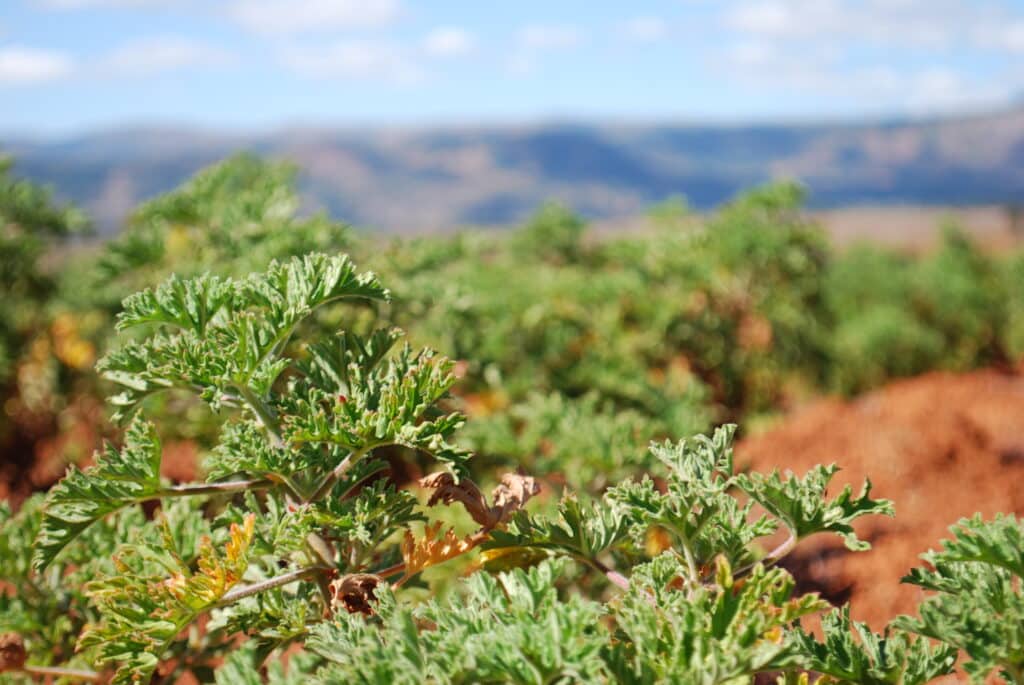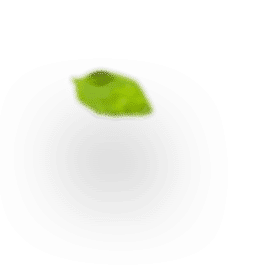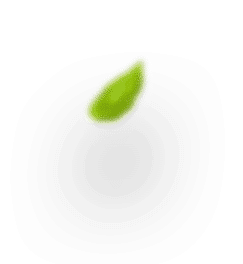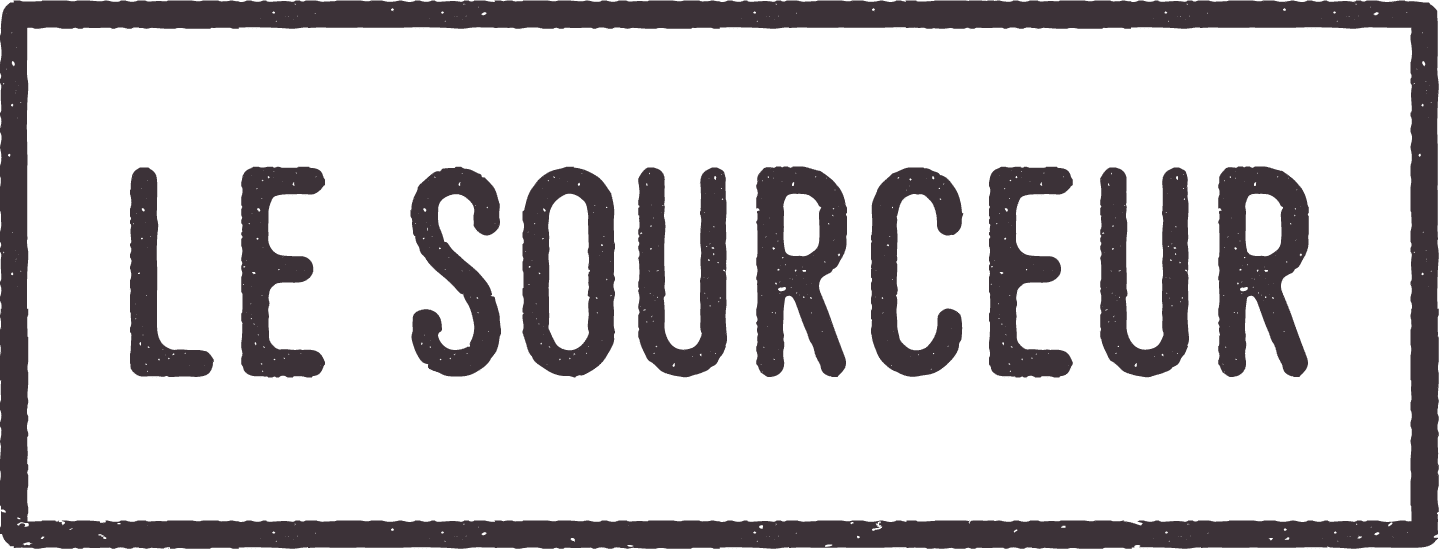

The geranium in history
To begin with, don’t confuse the geranium, it is sensitive. Never tell him that it looks like a rose, even if the two fragrances are the same. Don’t tell him he is a world traveler, he will tell you he is from Southern Africa. But above all, never tell him that he is common, even if there are more than 500 different species. We prefer to brush it in the direction of the hair, or rather of the stem, so that it reveals its formidable properties. Stemming from the family of Geraniaceae, we find it today a little everywhere in the world : in China initially, then in Egypt, in Morocco, in Italy, in Spain or still in Reunion and in Madagascar. But make no mistake, all these geraniums can be extremely different. Perennial plant, symbol of immortality for the Celts, its name comes from the Greek geranos which means “stork” in reference to its fruit in the shape of a wader’s beak.
of the Grasse tradition…
As well as the rose, the jasmine or the lavender, the geranium was cultivated for a long time in the region of Grasse, famous for its tradition of culture of plants with perfumes. And more precisely the Geranium Rosat or Pelargonium Graveolens. Its cultivation began in the 19th century. Originally, the idea was to replace the real Damask rose (Rosa Damascena) whose production was becoming rare and excessively expensive. Particularly appreciated for its floral and rosy notes, between finesse and sweetness, it has quickly become indispensable.
… To its implementation in the meeting
The Geranium is a great chiller. Not being able to withstand the frost, the producers of Grasse have to replant each year with new stocks. It is for this reason that it was very quickly implanted on the island of Reunion (since 1870), from where comes the name of Geranium Bourbon. Cultivated on the high plateaus at more than 800m of altitude on rich soils, it finds there optimal conditions to develop and produce an essential oil of exceptional quality. It is precisely this geranium that we have chosen to source since 2013. It is now cultivated on the island of Madagascar, more specifically in the region of Antsirabe, and is the subject of a sustainable development chain managed by the association Coeur de Forêt.
a little history on the culture of the bourbon geranium
Traditionally, Geranium Rosat is grown in the Mediterranean basin, in China, in Reunion Island and in many countries of Southern Africa (including South Africa and Madagascar). Specifically in areas with mild temperatures (no frosts). It measures between 60cm and 1m50 and grows on draining soils moderately rich in humus. Let us specify that for its culture in aromatic plant, one generally cuts it so that it does not exceed 80cm. In addition, this perennial loves sunbathing and thrives in clearings that are particularly exposed to light. It also enjoys drinking plenty of water, but only in the spring and summer. Finally, we harvest its leaves and flowers between April and October.
the heart of the forest method : agroecology
The association Coeur de Forêt develops the Geranium Bourbon sector in the region of Antsirabe in Madagascar. This crop is part of an in situ experimentation project on several hectares that aims to optimize agroecological production techniques. While adapting to the local pedoclimatic context. This project is segmented into 4 key practices. First, there are the associated crops or the association of several aromatic plants on the same agricultural plot. Then agroforestry, which, by integrating wildlife and trees into this microcosm, promotes the optimization of resources while creating an environment conducive to biodiversity. Secondly, organic fertilization, i.e. the application of only organic fertilizers. Finally, the use of ramial fragmented wood (BMR) for a carbon contribution in the soil.
a controlled process for a unique essential oil of geranium
The freshly cut geranium leaves are then steam distilled to obtain an essential oil rich in citronellol and geraniol. Everything is done on site, in infrastructures entirely financed by the association (still, well, water pumps, etc.). Note that yields are very low, and that it takes an average of 500kg of leaves to obtain 1 liter of the precious liquid. Each year, several hundred kilos of oil are made and sold at prices indexed to the real cost of living so that farmers are fairly compensated for their work. This project is a total success and allows us today to propose you an essential oil of geranium bourbon of an exceptional quality, even unequalled.
geranium : a major note in perfumery
In history, the geranium has quickly become a must-have in perfumery. First in ancient Egypt, where it is considered a divine floral fragrance. As much because of the beautifying virtues attributed to it as for its bewitching fragrance. And that’s about it until the 19th century, when it was first distilled by the French chemist César Auguste Recluz. Its cultivation then developed widely in the region of Grasse for two reasons. The first, to replace an emblematic flower, the unique Rosa Damascena, which was becoming as rare as it was expensive. The geranium has thus become a credible alternative to the Rose, with similar notes, both round, sweet and floral. The second is that it has become essential to reproduce ferny notes. In fact, and still today, we do not know how to create a fern note other than by mixing several natural materials, or simply by copying it synthetically. And geranium is the key ingredient in this. Note finally that his perfume is first used for men’s creations. Surprising, isn’t it?
a plant with a thousand and one virtues
The geranium is also a generous and wonderful material to take care of the everyday hurts. It is the material to do everything, or rather to do everything well. A whole page would not be enough to list its properties, but we let ourselves be tempted by the game. It is tonic, antiseptic, astringent, antifungal, healing, antibacterial, hemostatic, anti-infectious, anti-inflammatory, liver stimulant, lymphatic stimulant, tranquilizer, nerve soothing, repellent, et cetera, et cetera. Above all, it is one of the rare essential oils to act physically on the body, in the same way as a hormone. A must-have of the care in short!
geranium in food
Yes, yes! Although it may come as a surprise, geranium can be used in cooking. Although it may not seem obvious at first, its leaves and flowers are perfectly edible. By the way, in the Victorian era, especially during social meals, it was not uncommon to find geranium leaves to decorate the table… that one could nibble without embarrassment. More commonly, the plant is widespread in the Maghreb, where its leaves are used in salads and to flavour desserts (pastries, ice creams, jams, teas).
a complicated political and social context
First, let’s recall the context. Madagascar is an extremely poor country, plagued by permanent political instability and a very high rate of corruption. It is confronted with massive and increasing plundering of natural resources. And if the island was once largely covered with forests, the report is now alarming. It is estimated that it represents only 7% of the total territory. And the trend is still not towards reforestation, on the contrary. It is therefore an entire ecosystem that is in danger, even though Madagascar has one of the highest rates of endemism on Earth. One could just cry about it, but many actors on the spot have decided instead to act. This is the case of the association Coeur de Forêt.
THREATS TO THE PLANT
Geranium bourbon is no exception. Worse, victim of its own fame, it is the object of a massive culture these last years, and in spite of its perennial properties, the plant ends up withering after 2 to 3 years. So much so that it is necessary to regularly replant shoots to make the species last. Unfortunately, not everyone plays the game and many crops are abandoned or looted.
the geranium bourbon sector in Antsirabe
Thus, working with Coeur de Forêt and valorizing the plant through its essential oil is to develop an economic alternative to deforestation. It is also to protect the region of Antsirabe, rich in biodiversity and beautiful. In a few figures, the sector is a work of experimentation on 7 hectares of agricultural plots, 1 new cooperative of 10 producers every year (with an equal share of men and women), more than 50 producers benefiting from the project, 2 cooperatives perfectly autonomous after 3 years, and added value realized by and for the producers. A wonderful initiative supported by Le Sourceur and which tends to improve every year.
website
Heart of the Forest – Antsirabe Project
Olfastory – Geranium
Passeport Santé – Geranium Bourbon Essential Oil
Wikipedia – Rose Geranium
publications
Annual Review – Madagascar Project – Antsirabe – Heart of the Forest (available online) – 2021, 2020, 2019, 2018, 2017, 2016


